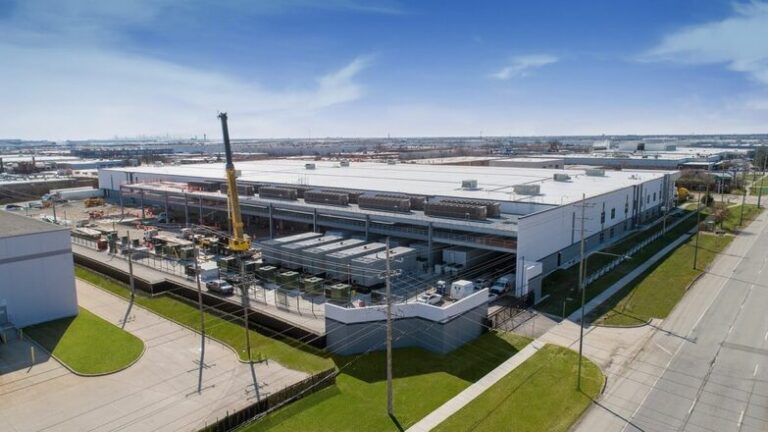The text you are currently reading exists both on the internet and in physical data centers located around the world. These data centers are responsible for storing and transmitting vast amounts of data and providing services to consumers. However, building and operating these data centers is expensive and has a significant environmental impact.
To address these challenges, companies like Microsoft are exploring the idea of relocating data centers underwater. Microsoft’s Project Natick has been researching this concept since 2014, with the initial idea being that data centers should be located near coastal areas where many people live.
In 2015, a small-scale data center was deployed in the Pacific Ocean for three months as an initial experiment. A two-year follow-up experiment began in 2018, where 864 servers were submerged 35 meters deep off the coast of the Orkney Islands in Scotland.
Microsoft is not the only company exploring underwater data centers. Other companies like Subsea Cloud and China’s Shenzhen HiCloud Data Center Technology Co Ltd have also deployed centers in tropical waters.
There are several advantages to underwater data centers. Firstly, they are more energy-efficient, as they can dissipate heat in the surrounding water, reducing the need for cooling systems. Secondly, they offer increased reliability due to stable temperatures and reduced corrosion. Additionally, locating data centers near coastal areas reduces latency and can enhance security and data sovereignty.
The environmental impact of underwater data centers is currently minimal, with no significant negative effects observed. In fact, these centers can provide habitat for marine life. However, careful planning is necessary to ensure their placement considers cultural heritage and environmental values.
Several companies are actively exploring or constructing underwater data centers, and organizations may soon have the option to select local, underwater cloud platforms and services. As companies prioritize environmental sustainability, the move towards underwater data centers is likely to accelerate.
Overall, this approach appears practical and scalable, offering both environmental and economic benefits. It may very well be the future of data centers for a significant portion of the planet.


